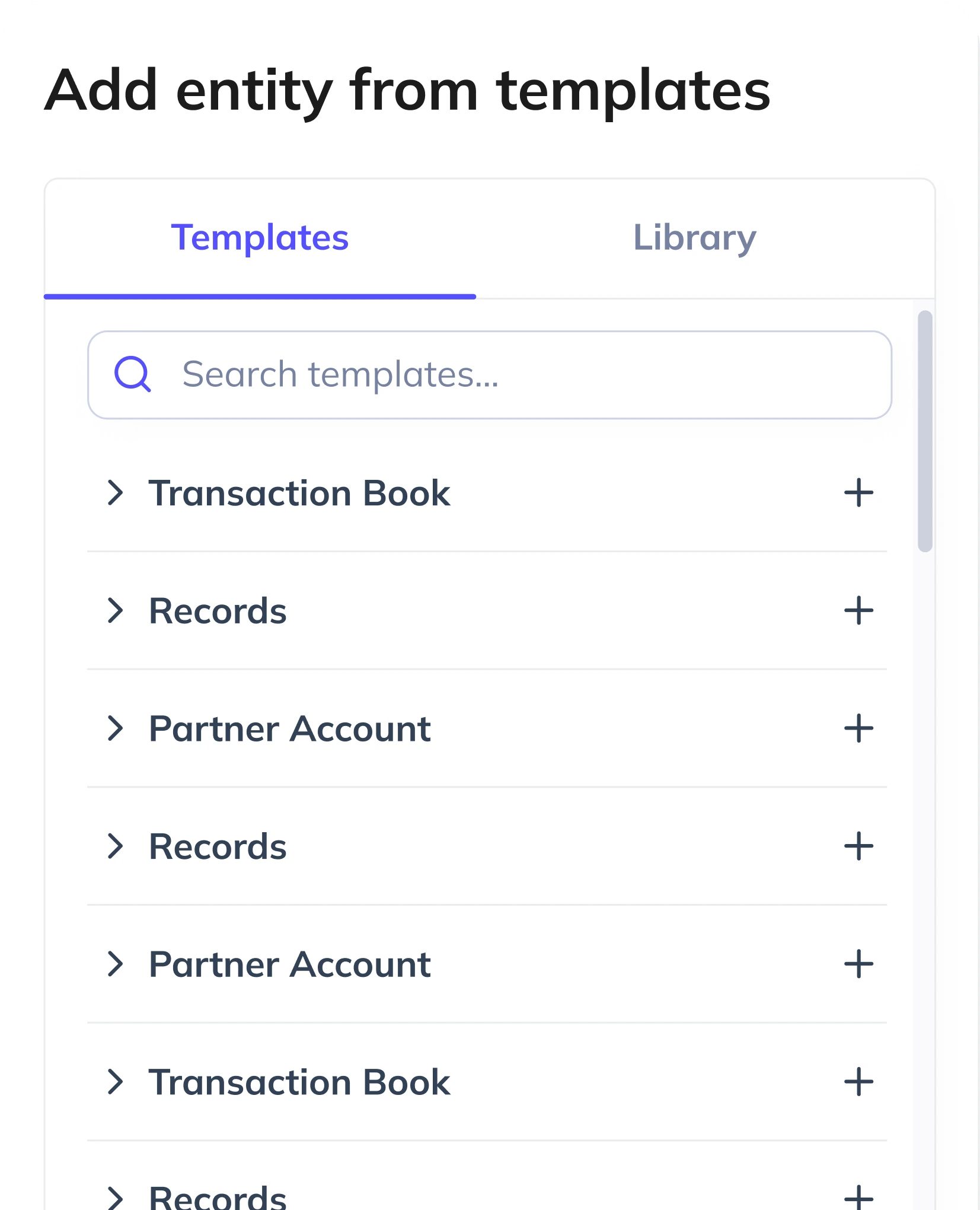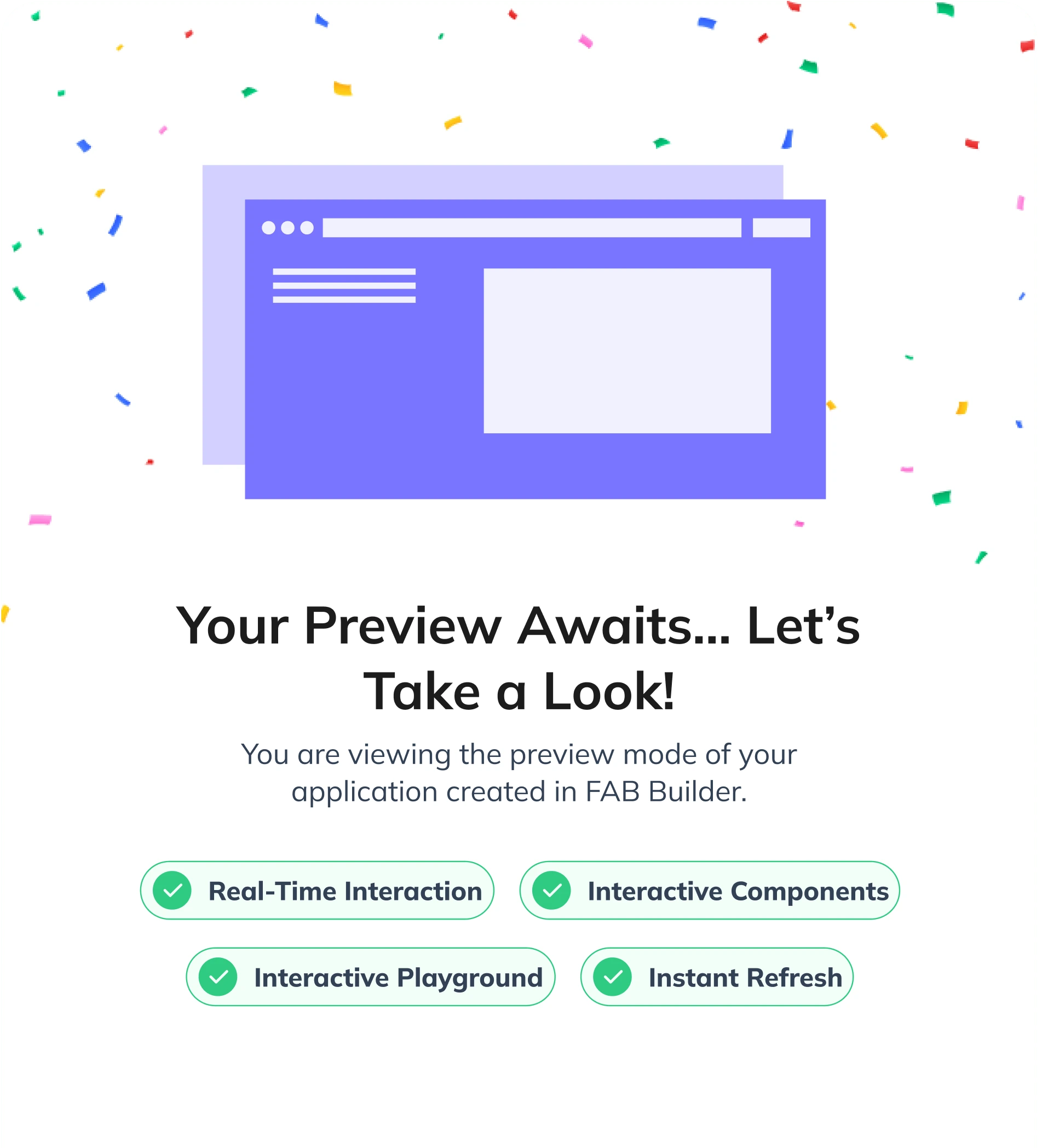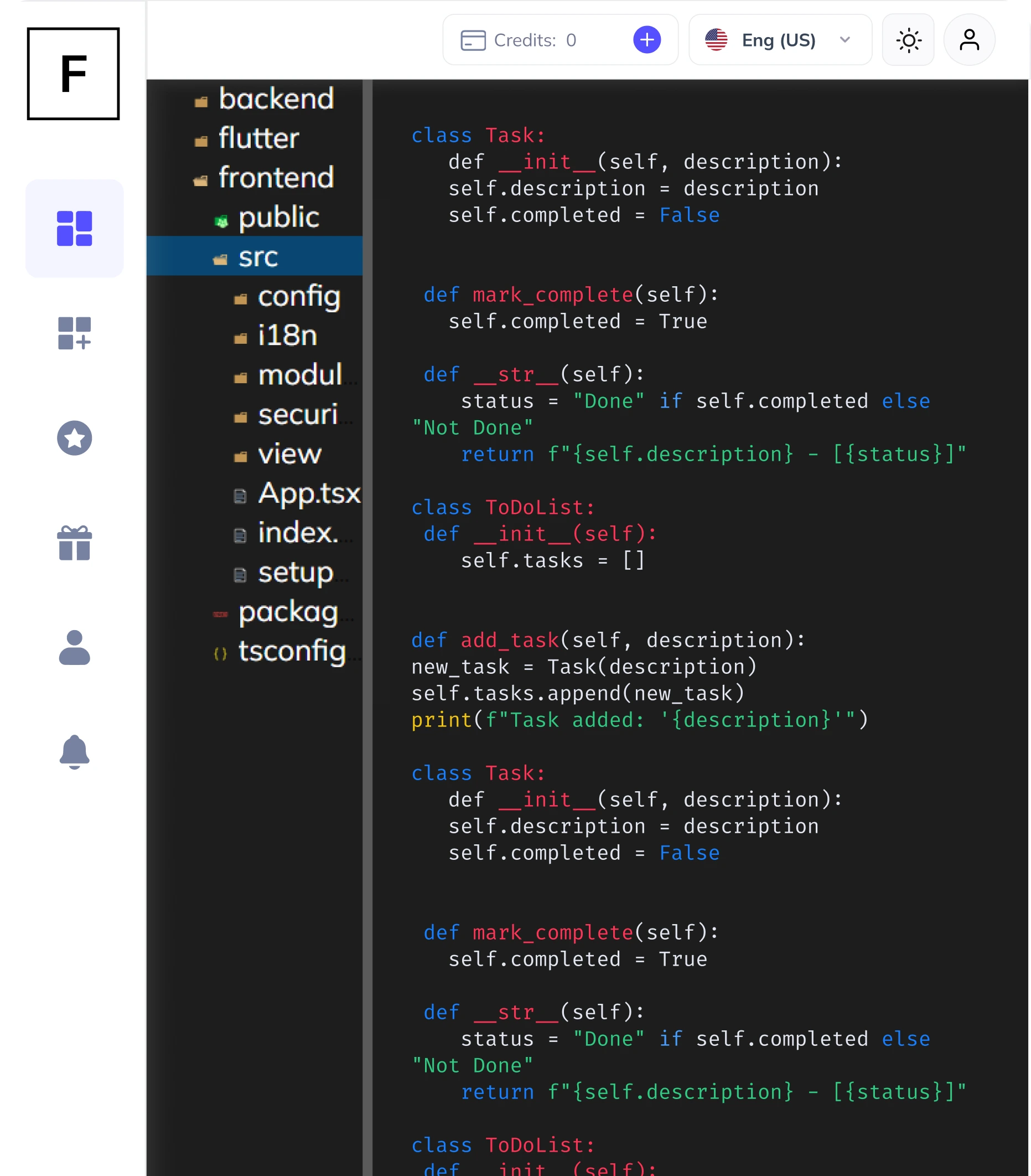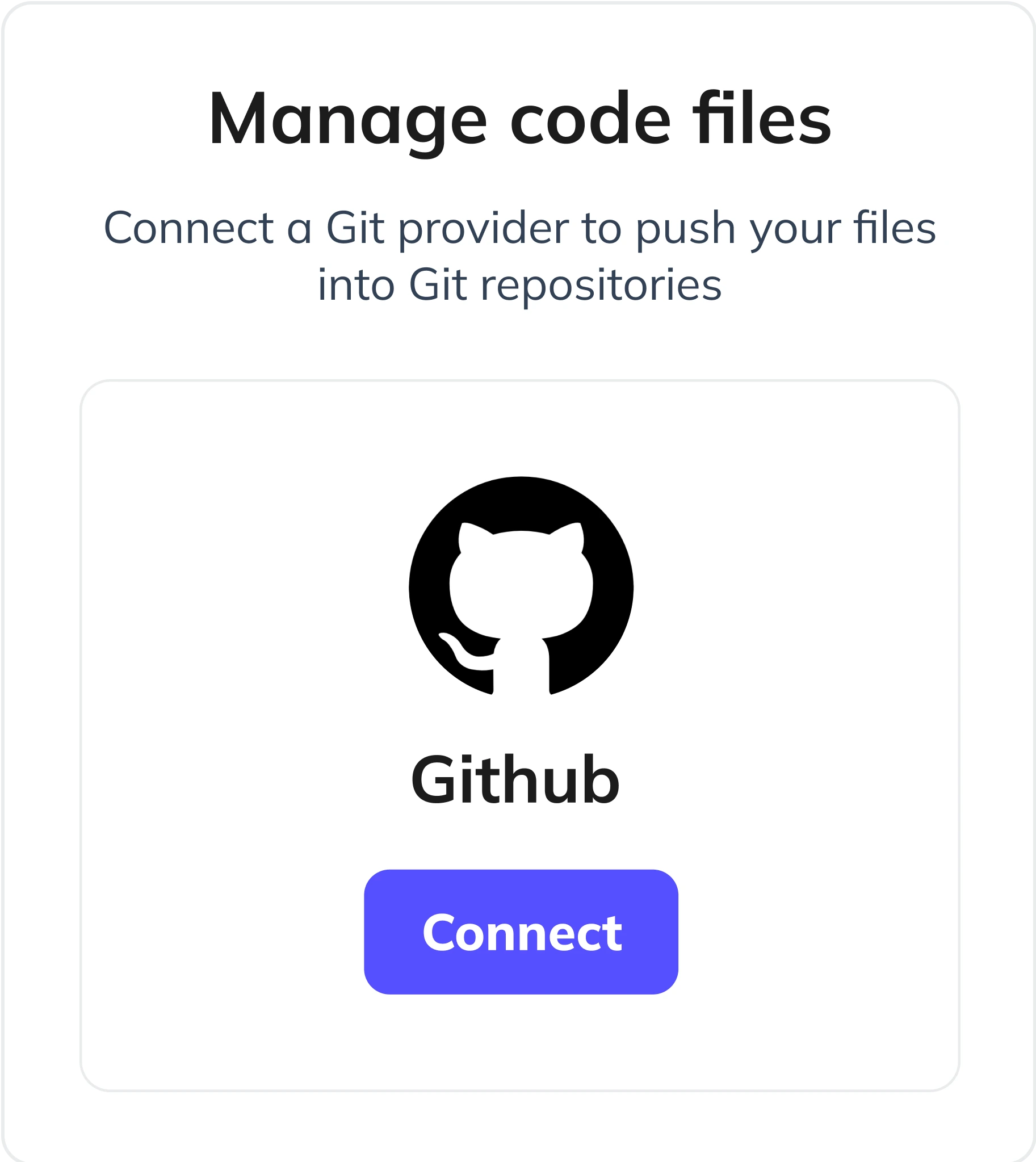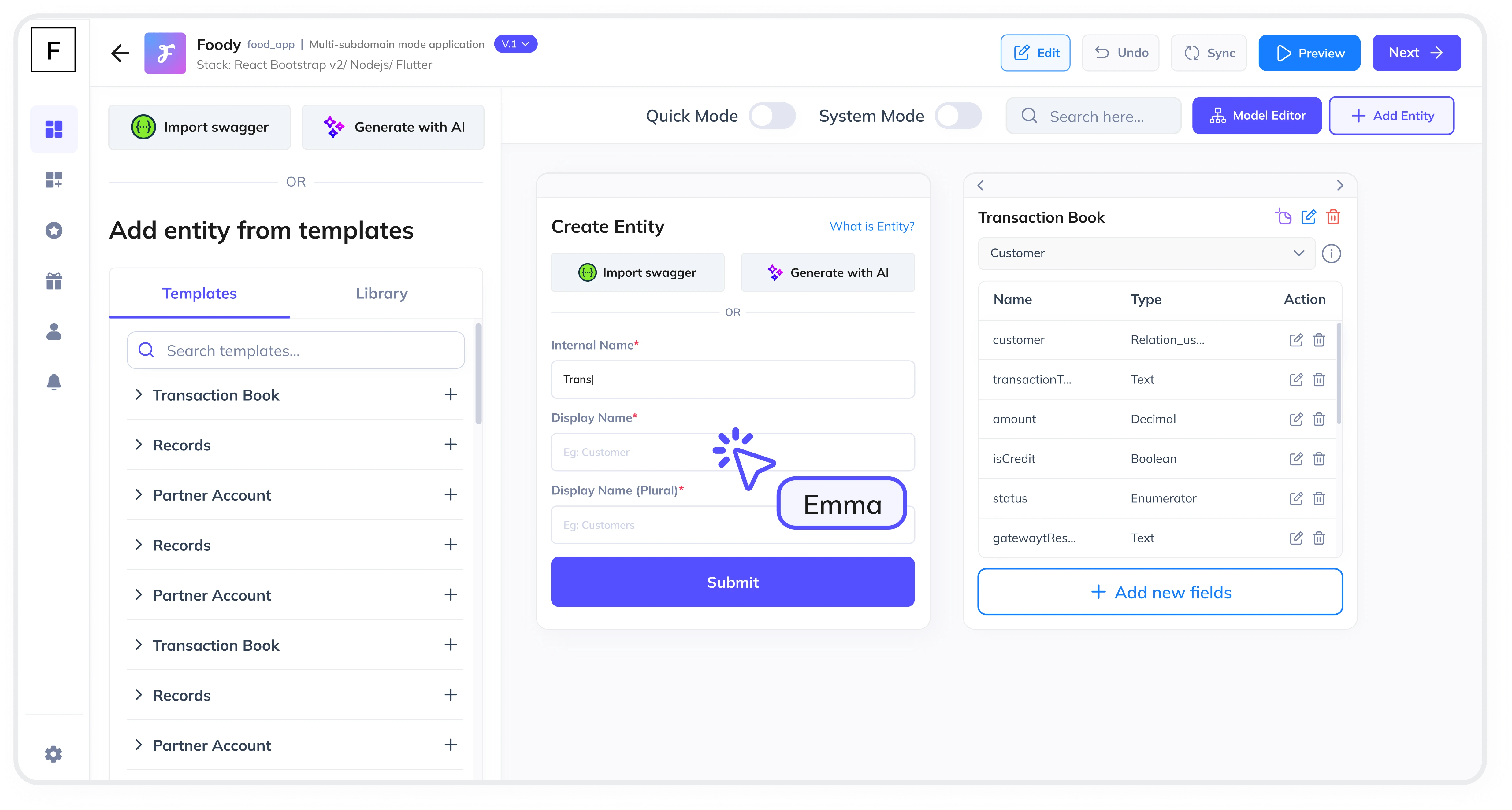Summarize and analyze this article with:
In the healthcare industry, efficient Appointment Scheduling is critical to managing patient visits, optimizing staff workflows, and improving overall patient satisfaction. An Appointment Scheduling Module enables healthcare providers to automate bookings, reduce no-shows, and streamline operations. This guide will walk you through the step-by-step process of building a robust Appointment Scheduling Module. Plus, we’ll show you how FAB Builder, a low-code platform, can help you create a customizable, integration-ready, and production-ready module in just a few hours.
Why is an Appointment Scheduling Module Important?
An Appointment Scheduling Module is a cornerstone of modern healthcare management systems. It allows healthcare providers to:
- Automate patient bookings, rescheduling, and cancellations.
- Sync staff schedules across departments and locations.
- Reduce administrative workload and human errors.
- Send automated reminders to patients via SMS or email.
- Integrate with EHR/EMR systems, billing platforms, and telehealth tools.
- Ensure compliance with healthcare regulations (e.g., HIPAA).
With the right tools, you can build a scalable and customizable module that adapts quickly to evolving operational needs.
Step-by-Step Guide to Building an Appointment Scheduling Module
Step 1: Define Your Requirements
Before starting development, outline the key features your module needs:
- Patient Self-Scheduling: Allow patients to book appointments online.
- Staff Scheduling: Manage provider availability and shift rotations.
- Automated Reminders: Send reminders via SMS, email, or in-app notifications.
- Calendar Sync: Integrate with Google Calendar, Outlook, or EHR systems.
- Reporting: Generate insights on appointment trends and no-show rates.
- Compliance: Ensure HIPAA compliance for patient data security.
Step 2: Choose the Right Development Platform
Building an Appointment Scheduling Module from scratch can be time-consuming and costly. Instead, leverage a low-code platform like FAB Builder to:
- Save Time: Build the module in a few hours instead of weeks.
- Ensure Scalability: Easily adapt to new requirements as your healthcare system grows.
- Access Full Source Code: Download and retain intellectual property rights.
- Customize: Tailor the module to your workflows.
With FAB Builder, you can also create multi-tenant SaaS applications, allowing you to sell subscriptions to B2B consumers like clinics or hospital networks.
Step 3: Select Your Technology Stack
FAB Builder supports a wide range of technologies, ensuring flexibility and interoperability:
Frontend Technologies
Choose from popular frameworks like:
- ReactJs (with AntDesign, Tailwind, Bootstrap, or Material)
- Vue
- Angular
- NextJs
Backend Technologies
Select the backend stack that suits your needs:
- NodeJs
- Dotnet
- Java
Database Options
FAB Builder supports multiple databases, including:
- SQL (MySQL, PostgreSQL, etc.)
- NoSQL (MongoDB, etc.)
You can switch between tech stacks at any stage of the project without losing functionality. FAB Builder ensures that entities, fields, and supported features adapt automatically.
Step 4: Design the Database Schema
A well-structured database is crucial for efficient scheduling. Key tables to include:
- Appointments: Stores appointment details (ID, patient ID, provider ID, date, time, status).
- Providers: Manages staff schedules, availability, and specialties.
- Patients: Tracks patient demographics and contact information.
- Reminders: Logs automated reminders sent to patients.
Using FAB Builder’s AI-assisted entity creation, you can generate a database schema based on your application description, saving time and effort.
Step 5: Develop the Frontend
The frontend is where patients and staff interact with the scheduling system. Key components to include:
- Patient Portal: Allow patients to view availability, book appointments, and receive reminders.
- Staff Dashboard: Enable providers to manage schedules, view appointments, and set availability.
- Admin Panel: Oversee all appointments, generate reports, and configure settings.
FAB Builder’s low-code platform enables you to design responsive and user-friendly interfaces without writing extensive code.
Step 6: Build the Backend
The backend handles the logic and data management. Key functionalities to implement:
- Appointment Booking: Validate availability and prevent double-booking.
- Automated Reminders: Trigger SMS/email alerts based on appointment timelines.
- Calendar Integration: Sync with Google Calendar, Outlook, or EHR systems.
- Security: Encrypt patient data and ensure HIPAA compliance.
With FAB Builder, you can generate production-ready code that’s optimized for performance and scalability.
Step 7: Test and Deploy
Thoroughly test your module to ensure compliance, security, and seamless integration with existing healthcare systems. Once tested, deploy it to the cloud with a single click using FAB Builder’s managed hosting services for AWS, GCP, and Azure.
Step 8: Customize and Scale
As your healthcare system evolves, you may need to add features like telehealth integration or AI-driven waitlist management. With FAB Builder’s full source code access, you can customize the module to meet emerging needs.

Why Choose FAB Builder for Your Healthcare Management System?
- Low-Code Platform: Build a Healthcare Management System in just a few hours.
- Development Efficiency: Save time with AI-assisted entity creation.
- Scalability: Quickly adapt to new regulatory or operational requirements.
- Full Source Code Access: Download and retain intellectual property rights.
- Customizable: Tailor workflows to your clinic’s needs.
- Integration-Ready: Seamlessly connect with EHR, billing, and communication tools.
- Multi-Tenant SaaS: Create applications to sell subscriptions to clinics or hospitals.
Building an Appointment Scheduling Module for your healthcare management system doesn’t have to be complex or time-consuming. With FAB Builder, you can create a customizable, integration-ready, and production-ready module in just a few hours. From AI-assisted entity creation to full source code access, FAB Builder empowers you to build secure, scalable solutions that enhance patient care and operational efficiency.






